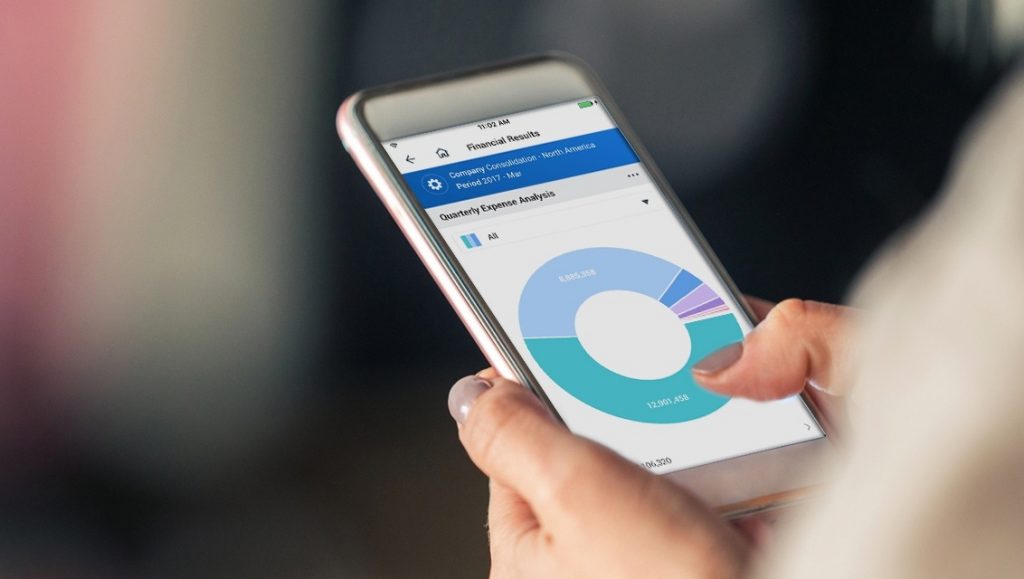Dasarathi Mishra
The Covid-19 pandemic could be a game-changer for digital financial services. Low-income households and small firms can benefit greatly from advances in mobile money, fintech services, and online banking. Financial inclusion as a result of digital financial services can also boost economic growth. While the pandemic is set to increase the use of these services, it has also posed challenges for the growth of the industry’s smaller players and highlighted unequal access to digital infrastructure. Several actions will need to be taken to ensure maximum inclusion going forward.
The shift towards digital financial services was already helping societies advance financial inclusion before the pandemic started, benefiting many low-income households and small firms with typically little access to traditional financial institutions. Lockdowns and social distancing norms are accelerating the use of digital financial services, just as the SARS epidemic in 2003 hastened China’s launching of digital payments and e-commerce.
Many countries (for example, Liberia, Ghana, Kenya, Kuwait, Myanmar, Paraguay and Portugal) are supporting this shift with measures such as lowering fees and increasing limits on mobile money transactions.
In a new study at the International Monetary Fund (IMF), the authors introduced an index of digital financial inclusion that measures the progress in 52 emerging markets and developing economies. The authors found that digitisation increased financial inclusion between 2014 and 2017, even where financial inclusion through traditional banking services was declining. This is likely to have progressed more since then.
Africa and Asia lead in digital financial inclusion, but with significant variations across countries. In Africa, Ghana, Kenya, and Uganda are frontrunners. In comparison, the Middle East and Latin America tend to use digital financial services more moderately. In some countries, such as Chile and Panama, this likely reflects a relatively higher level of bank penetration.
In most countries digital payments services are evolving into digital lending, as companies accumulate users’ data and develop new ways to use the data for credit worthiness analysis. Marketplace lending, which uses digital platforms to directly connect lenders to borrowers doubled in value from 2015 to 2017. While so far concentrated in China, the United Kingdom, and the United States, it appears to be growing in other parts of the world, such as in Kenya and India. With guidelines issued by the Reserve Bank of India (RBI), peer-to-peer (P2P) lending has become a popular vehicle of lending in India.
The RBI has constructed a composite Digital Payments Index (DPI) to capture the extent of digitisation of payments across the country. The RBI-DPI has been constructed with March 2018 as the base period — DPI score for March 2018 is set at 100.
The RBI-DPI consists of five broad parameters that enable measurement of deepening and penetration of digital payments in the country over different time periods. These parameters are – (i) Payment Enablers (weight 25 per cent), (ii) Payment Infrastructure – Demand-side factors (10 per cent), (iii) Payment Infrastructure – Supply-side factors (15 per cent), (iv) Payment Performance (45 per cent) and (v) Consumer Centricity (5 per cent). Each of these parameters have sub-parameters which, in turn, consist of various measurable indicators.
There has been an appreciable growth of the DPI in India during the pandemic. DPI for March 2019 and March 2020 work out to 153.47 and 207.84 respectively, indicating appreciable growth. The DPI went up to 217.74 in September 2020 and further to 270.59 in March 2021. This indicates deepening of digital payments in the country during the recent months.
The RBI-DPI shall be published on RBI’s website on a semi-annual basis from March 2021 onwards with a lag of four months.
In a significant development on digital financial inclusion front, Prime Minister Narendra Modi launched e-RUPI, a digital direct benefit transfer (DBT) platform August 2, 2021. e-RUPI is a digital voucher which can be transferred directly to mobile phone as an SMS or by QR code to the beneficiary. e-RUPI users can redeem the vouchers at the merchant outlets. These vouchers are like e-gift cards, which are prepaid in nature. These e-vouchers will be person and purpose-specific. Even if one does not have a bank account or a digital payments app or a smartphone can benefit from these vouchers.
The writer is a former central banker.
